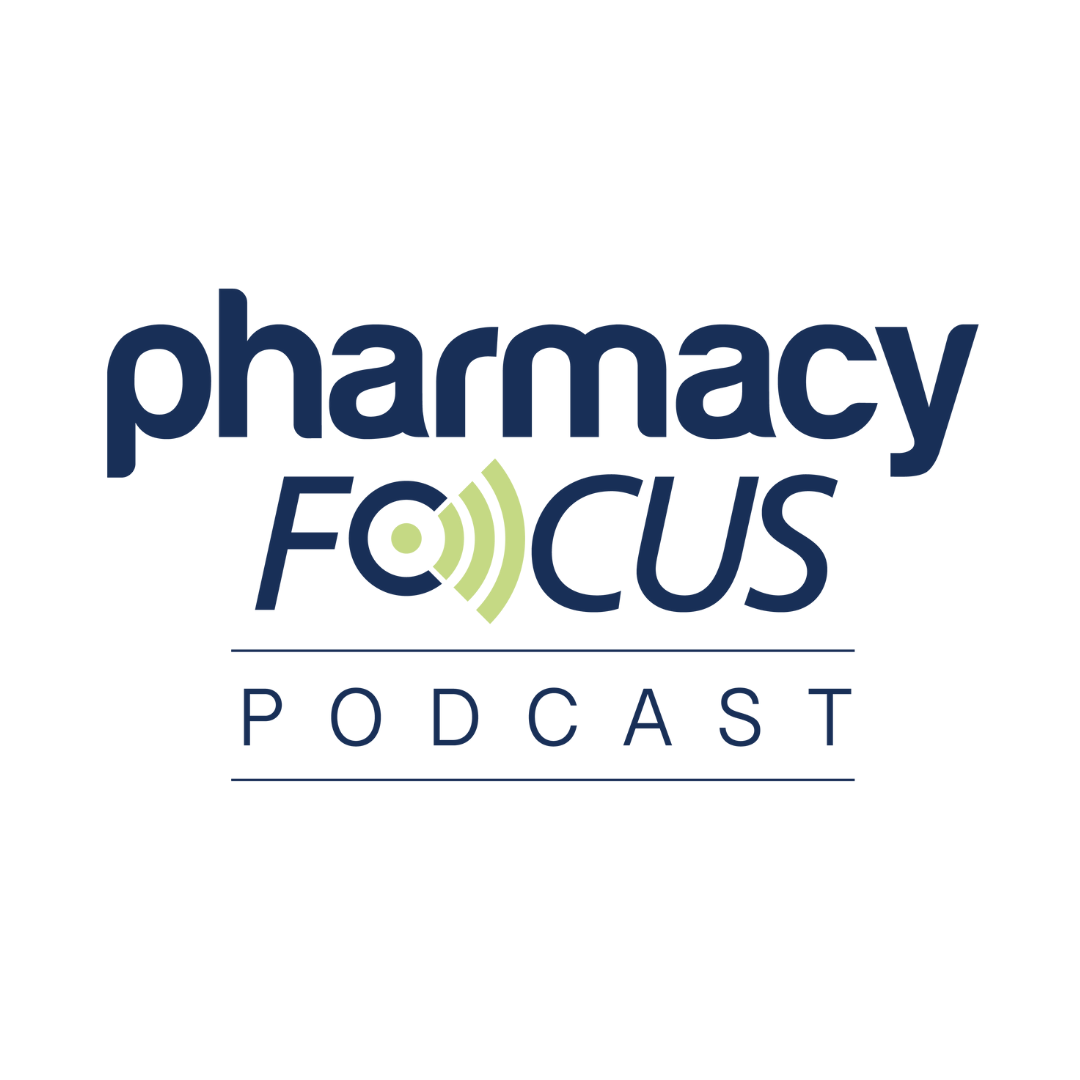In 2022, the age-adjusted rate of suicide in the United States was 14.21 per 100,000 individuals, and men were 3.85 times more likely than women to die by suicide.1 White men made up 68.46% of suicide deaths, and firearms were used in 54.64% of all suicides.1 Mental health is a major issue that affects emotional stability, relationships, and overall quality of life. It shapes how individuals manage stress, interact with others, and perform everyday tasks. Pharmacists, often among the most accessible health care professionals, play a vital role in identifying and supporting individuals at risk for suicide. Pharmacists should recognize at-risk patients, provide compassionate counseling, and make appropriate referrals.
FACTORS THAT INFLUENCE SUICIDAL IDEATION
Mental health disorders contribute to an increased suicide risk in various ways.2 For instance, depression can create a sense of hopelessness and worthlessness, making life feel unbearable and prompting thoughts of suicide as an escape from emotional distress. Anxiety creates persistent stress and fear, which can become overwhelming and lead individuals to view suicide as a means of relief from distress.2 Table 13 highlights some warning signs of suicidal behavior, including behavioral, emotional, and physical indicators.
Bipolar disorder increases suicide risk through its alternating phases of deep sadness and hopelessness during depressive episodes, as well as impulsive behavior and poor judgment during manic episodes. These fluctuations in mood can result in intense emotional distress and lead to dangerous behaviors. Schizophrenia disrupts thought processes and perception, causing distress from hallucinations and delusions that can trigger suicidal thoughts. Therefore, difficulties in distinguishing reality from delusions can further increase suicidal ideation. Substance abuse can impair judgment by affecting cognitive functions, leading individuals to make poor decisions and underestimate risks. Meanwhile, chronic illnesses and significant life changes can exacerbate feelings of hopelessness and isolation.2
About the Author
Anjeza Fero, PharmD, RPh, contributes her expertise in the pharmaceutical industry as a manager of content development and deployment with Bayer’s cardiovascular team and is a professor in the Department of Physiology and Neurobiology at the University of Connecticut.
SCREENING AND ASSESSMENT
There are tools to help determine suicide risk, such as the Patient Health Questionnaire-9, which evaluates depression severity and suicidal ideation through questions about mood and daily functioning.4 The Columbia-Suicide Severity Rating Scale provides a detailed assessment of suicidal thoughts, plans, and past attempts, offering insights into their frequency and severity.4 These tools assist health care professionals in identifying individuals at high risk and guiding the need for further evaluation or immediate intervention.
COUNSELING AND MEDICATION MANAGEMENT
Pharmacists must inform patients about the risk of suicidal thoughts associated with certain medicationsand educate them on recognizing and reporting these symptoms. Additionally, reviewing medication refill histories and discussing adherence during consultations is key to maintaining effective treatment. Pharmacists should offer strategies for managing adverse effects and work with physicians or psychiatrists to adjust the treatment plan as needed. This comprehensive approach improves the overall effectiveness of medical treatment. Table 25-10 lists some medications associated with a risk of suicidal ideation or mood changes, although this list is not exhaustive.
CREATING A SUPPORTIVE ENVIRONMENT
In the pharmacy setting, creating a supportive environment is key to effectively addressing mental health concerns. Privacy and confidentiality should be prioritized during consultations to ensure that patients feel safe discussing sensitive issues. A nonjudgmental attitude is essential for building trust and encouraging open communication. Table 311 lists some available support services for pharmacists and patients in the US.
EMOTIONS BENEATH THE SURFACE
It is important to understand that mental health issues can impact anyone, even individuals who appear outwardly happy and successful. Sometimes those who appear to have fulfilling lives may be struggling with deep emotional pain. It is useful to remember that signs of mental distress may not always align with outward appearances. Being attentive to subtle indicators and offering support can be vital in identifying and assisting those in need, regardless of how they may present themselves.
CONCLUSION
Overall, pharmacists are crucial in suicide prevention by providing compassionate support, monitoring medication adherence, and addressing potential adverse effects. Their accessibility and empathetic approach make them a vital resource in the community. Through their dedicated efforts, pharmacists can significantly enhance the overall well-being and safety of those they serve.
REFERENCES
1. Suicide statistics. American Foundation for Suicide Prevention. February 17, 2022. Accessed October 21, 2024.https://afsp.org/suicide-statistics/
2. Suicide prevention. National Institute of Mental Health. Accessed October 21, 2024. https://www.nimh.nih.gov/health/topics/suicide-prevention
3. Warning signs of suicide. National Institute of Mental Health. Accessed October 21, 2024. https://www.nimh.nih.gov/health/publications/warning-signs-of-suicide
4. Screening for suicide risk in clinical practice. American Academy of Pediatrics. Updated February 22, 2023. Accessed October 21, 2024. https://www.aap.org/en/patient-care/blueprint-for-youth-suicide-prevention/strategies-for-clinicalsettings-for-youth-suicide-prevention/screening-for-suiciderisk-in-clinical-practice/
5. Prozac. Prescribing information. Eli Lilly and Company; 2017. Accessed October 21, 2024. https://pi.lilly.com/us/prozac.pdf
6. Antidepressants for children and teens. Mayo Clinic. March 19, 2022. Accessed October 21, 2024. https://www.mayoclinic.org/diseases-conditions/teen-depression/in-depth/antidepressants/art-20047502
7. Zoloft. Prescribing information. Pfizer Inc; 2021. Accessed October 21, 2024. https://labeling.pfizer.com/showlabeling.aspx?id=517
8. Lamictal. Prescribing information. GSK; 2015. Accessed October 21, 2024. https://gskpro.com/content/dam/global/hcpportal/en_US/Prescribing_Information/Lamictal/pdf/LAMICTAL-PI-MG.PDF
9. Adderall XR. Prescribing information. Teva Pharmaceuticals;2013. https://www.tevausa.com/globalassets/us/usa-files---global/medguide-pdfs/adderall-040422-rev.-m-5-2024_medguide.pdf
10. Rayos. Prescribing information. Horizon Therapeutics; 2012. Accessed October 21, 2024. https://www.hzndocs.com/RAYOSPrescribing-Information.pdf
11. NAMI HelpLine. National Alliance on Mental Illness. Accessed October 21, 2024. https://www.nami.org/support-education/nami-helpline/










